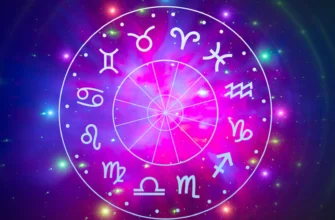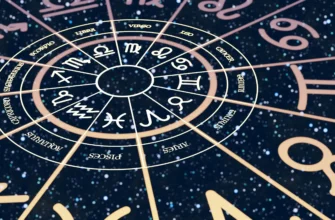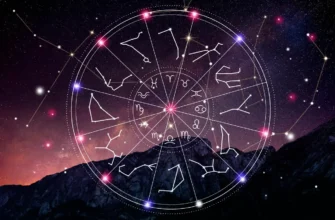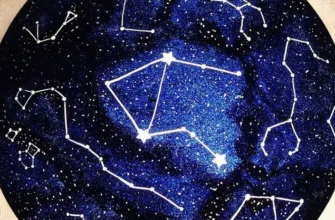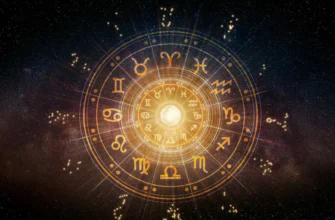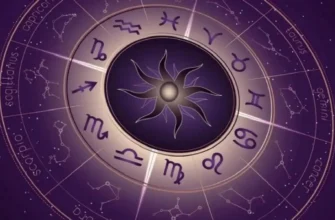A synastry chart is a powerful tool in relationship astrology, offering insights into how two individuals’ planetary placements interact. By examining aspects, house positions, and planetary alignments, a synastry chart reveals the strengths, challenges, and overall energy flow between partners.
Exploring astrological compatibility through this lens helps couples understand emotional patterns, communication styles, and potential areas of conflict or harmony. Whether you are seeking to deepen a current relationship or evaluate long-term potential, analyzing a synastry chart provides clarity and guidance, highlighting the ways love, connection, and growth manifest between two people.
Synastry Chart Analysis: How Planetary Placements Influence Relationship Dynamics
When Mercury is in the fourth house, you feel more open with this person than ever before. Both partners feel comfortable expressing their thoughts without fear of judgment or criticism, and their words often have a profoundly positive emotional impact on one another. They may unintentionally say exactly what the other needs to hear, and after a tense or stressful day, conversations between them provide genuine comfort.
If Saturn and Jupiter are conjunct or both positioned in the fourth house, both partners take each other’s emotional lives seriously, dedicating time to understand one another’s needs and gradually lowering each other’s defenses. Together, they are capable of building a wonderful family or creating a relationship that serves as a safe haven, a refuge from the pressures of the outside world. There is a strong sense of trust, comfort, and contentment, and they invest effort and dedication into nurturing this bond.
When Mars forms an aspect with Neptune (particularly a conjunction, trine, or sextile), the couple is more likely to take proactive steps toward realizing their shared dreams. They support one another in creating the relationship they’ve always envisioned, while also encouraging each other’s personal ambitions. Together, they dream of building a shared career, celebrating each other’s achievements, and growing in all areas of life.
🤎 In the composite chart, an Aries Ascendant suggests a vibrant, lively relationship where both partners can be their authentic selves. It is a union defined by adventure, honesty, and shared fun. Strong personalities may lead to occasional disagreements, but patience and favorable planetary placements in the 2nd, 4th, or 6th houses help them resolve conflicts easily. They are open and sincere, able to confide in one another, and rely on the strength of their connection and shared values.
When Juno is in the fourth house, the relationship provides a deep sense of security and emotional stability for both partners. The couple consciously creates an environment where both feel protected, loved, and safe. This mutual commitment to emotional security often becomes the central pillar of the relationship and a key reason why the partnership endures.
The placement of the North Node in the composite chart reveals karmic lessons and the spiritual purpose of the relationship. These placements indicate areas where the couple is destined to grow together. For instance, in the first house, both partners experience profound personal growth, uncovering hidden aspects of themselves. In the second house, they learn to value what truly matters, reassess priorities, and understand what is genuinely important. In the third house, they gain knowledge from one another, from the mundane to the profound, and feel freer to express ideas without fear of judgment.

Key Planetary Influences for Deep Connection and Growth
If the Sage is in the first house, the couple adopts a calm, rational approach to challenges and conflicts. They validate each other’s feelings and perspectives before drawing conclusions and, during disagreements, seek solutions that satisfy both partners rather than attempting to “win” the argument. Their admiration, respect, and fascination for one another strengthen the relationship and allow them to navigate difficulties harmoniously.
When the Moon Goddess is conjunct the Sun, Moon, or Ascendant, the relationship reflects deep devotion. Both partners invest time, energy, and effort into nurturing the bond. A strong attraction draws them together, and they view each other as worthy of love, loyalty, and dedicated attention.
When Pluto aspects the Sun or Venus, the relationship becomes transformative for both partners. They help each other shift old perspectives, drawing one another into new ways of experiencing love and connection. Intense attraction, curiosity, and fascination mark the relationship from the beginning, ultimately leading to deeper intimacy and profound personal growth.
If Uranus is conjunct the Midheaven or in the tenth house, the relationship fosters a strong sense of unity and friendship, regardless of its nature. It feels fresh, positive, and unusual, yet built on trust and support. Both partners encourage each other’s personal goals and celebrate each other’s successes as if they were their own.
🤎 When the Moon is in the first house, the couple experiences abundant love and support. They inspire each other to be authentic, feel safe together, and cultivate a bond akin to family. This intimacy strengthens the relationship on a profound level.
When Ceres is in the sixth house, the couple nurtures one another emotionally, physically, and psychologically. Both partners feel supported and safe, reciprocating care and attention. They provide comfort and stability in vulnerable moments and take joy in fulfilling each other’s needs, often intuitively.
🤎 With a trine or sextile between the Moon and Uranus, the couple experiences a spark of fascination and inspiration. They allow each other freedom, honor individuality, and feel a deep connection based on mutual respect and affection.
A favorable Moon-Saturn aspect, or mutual reception [Moon in Capricorn or Aquarius + Saturn in Cancer], enhances cohabitation, aligning lifestyles and fostering responsibility within the relationship. Shared priorities, commitments, and future plans create a solid foundation for a harmonious home life.
When Pluto and Mars are conjunct or in opposition, the couple exhibits intense attraction and desire, coupled with fierce protectiveness and devotion. While a strong obsession may arise, it is accompanied by admiration, respect, and unwavering commitment to one another.
When a cluster of planets resides in the second house, the couple demonstrates a strong need for closeness, often feeling emotionally energized by each other’s presence. They seek companionship and collaborate to ensure the stability and comfort of their relationship. Frequent acts of care, sometimes lavish, reflect the natural generosity of this pairing, particularly if Venus or Jupiter is present.


